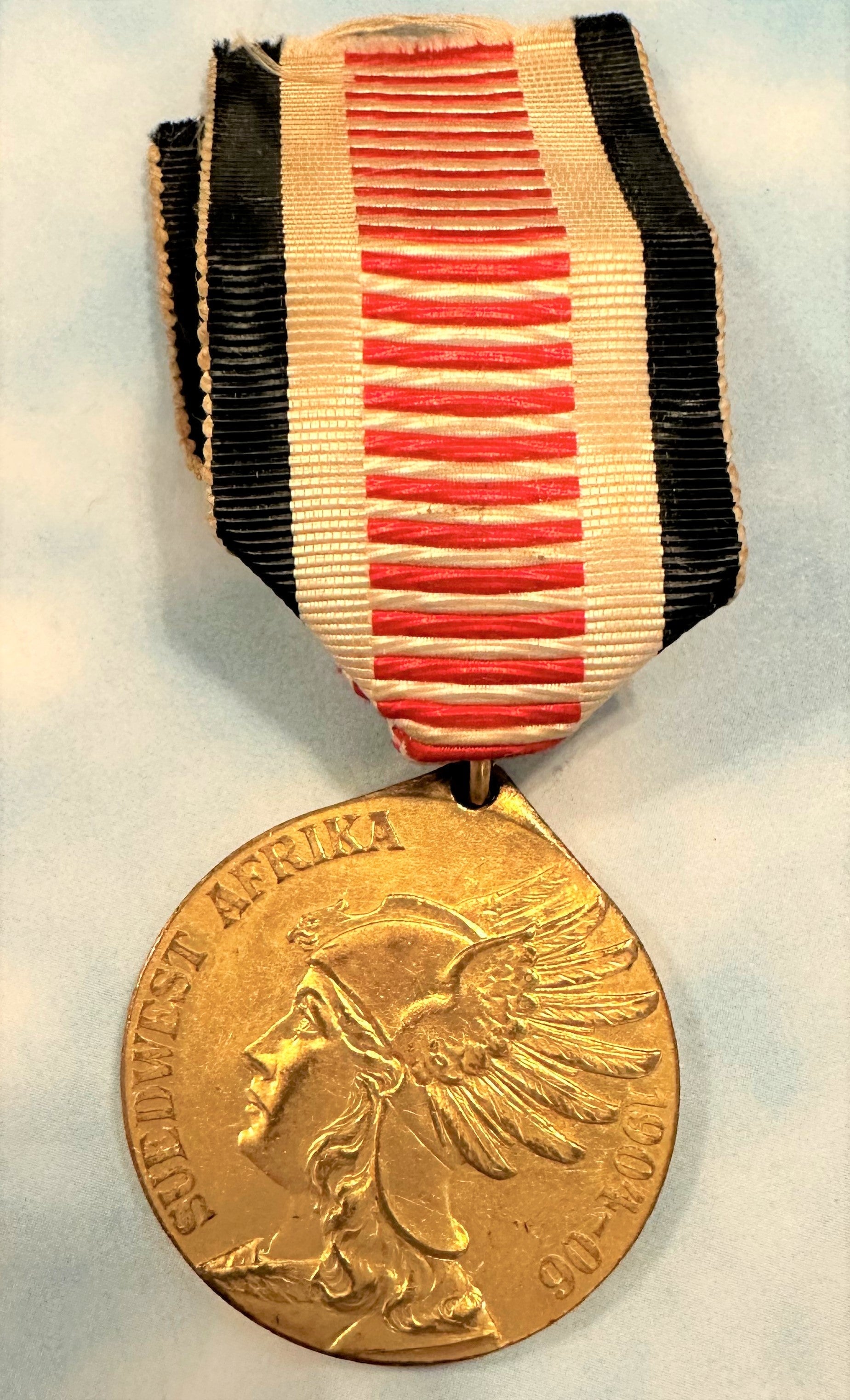The German Colonial Empire – Expansion and Conflict Overseas
Introduction: Germany’s Place in the Imperial Race
By the late 19th century, Germany was eager to assert its power on the global stage, and acquiring overseas colonies became a key part of that ambition. Under Kaiser Wilhelm II, the German Empire sought to rival Britain and France in establishing a colonial presence, focusing on Africa, the Pacific, and East Asia. Germany’s colonies, though relatively short-lived, were theaters of cultural exchange, economic exploitation, and military conflict. This chapter of German history offers a unique perspective on the interplay between imperialism and the rise of modern Germany.
The Foundations of German Colonialism
Germany’s colonial ventures began in the 1880s, spurred by Chancellor Otto von Bismarck’s reluctant embrace of imperial expansion. Though initially skeptical of colonial ambitions, Bismarck recognized the potential for economic growth and political influence. By the time Wilhelm II took the throne, Germany had secured territories in Africa, including German East Africa (modern Tanzania), German South-West Africa (modern Namibia), and Cameroon, as well as Pacific islands such as New Guinea and the Marshall Islands.
These colonies were established through treaties with local leaders, military force, and, in many cases, outright deception. For example, the "acquisition" of Togoland involved agreements signed under duress, which later fueled resistance among local populations.
Life in the Colonies
Life in Germany’s colonies was shaped by stark inequalities. German settlers enjoyed a privileged existence, often building European-style homes and institutions in the colonies’ urban centers. Indigenous populations, however, were subjected to forced labor, land seizures, and oppressive laws designed to maintain colonial control.
-
German East Africa:
The colony became a major hub for the production of cash crops like coffee and cotton. The indigenous people, including the Swahili-speaking communities, were forced to work on plantations under harsh conditions. -
German South-West Africa:
This colony became infamous for the Herero and Namaqua Genocide (1904–1908), during which tens of thousands of indigenous Herero and Nama people were killed following an uprising against German rule.
Cultural Exchange and Conflict
German colonialism was not just about economic exploitation—it was also a cultural encounter. Missionaries played a key role in spreading Christianity and German education, often erasing traditional practices and languages in the process. Meanwhile, German settlers and soldiers encountered local customs and traditions, leading to a complex dynamic of cultural exchange and conflict.
In Kaiser-Wilhelmsland (modern Papua New Guinea), German anthropologists documented indigenous cultures while also imposing Western agricultural techniques and societal structures. The resulting clash often disrupted traditional ways of life.
The Military Role of the Colonies
Germany’s colonial holdings also played a significant role during World War I. Colonial troops were conscripted to fight for the empire, and many colonies became battlegrounds in the global conflict.
-
The East African Campaign:
German East Africa, under the command of General Paul von Lettow-Vorbeck, became a thorn in the Allies’ side. Lettow-Vorbeck waged a guerrilla war against British forces, relying on local Askari troops. His campaign is remembered as one of the most successful uses of limited resources during the war. -
The Fall of the Colonies:
By 1918, Germany had lost control of all its overseas territories, most of which were seized by Allied forces early in the war. The Treaty of Versailles formally stripped Germany of its colonies, redistributing them among the victors.
Collecting Artifacts of the German Colonial Era
Artifacts from Germany’s colonial empire tell the story of this turbulent period. From military relics to cultural artifacts, these items provide a window into the lives of settlers, soldiers, and indigenous peoples.
-
Military Memorabilia:
- Items such as Askari uniforms, German colonial flags, and campaign medals are highly sought after by collectors.
-
Featured Artifact for Sale:
- East African Campaign Medal (1914–1918): Awarded to soldiers and Askari who served in the guerrilla campaign under Lettow-Vorbeck.
-
Colonial Documents:
- Official maps, treaties, and letters provide insights into the administration and expansion of Germany’s colonies.
-
Featured Artifact for Sale:
- Map of German East Africa (1905): A detailed lithograph map showing key towns, railroads, and colonial plantations.
-
Cultural Artifacts:
- Items such as missionary Bibles, indigenous carvings, and photographs reflect the cultural interactions of the colonial era.
-
Featured Artifact for Sale:
- Carved Wooden Mask from Cameroon: An example of indigenous artistry, influenced by both local traditions and European colonialism.
Conclusion: A Complex Legacy
Germany’s colonial empire, though short-lived, left an indelible mark on the regions it controlled and on German society itself. The exploitation and violence of this era remain topics of historical reckoning, while the cultural exchanges it fostered offer a nuanced view of the interconnectedness of imperial history.
Explore our collection of original artifacts from Germany’s colonial empire, and uncover the stories of those who lived, resisted, and fought in these contested lands.


